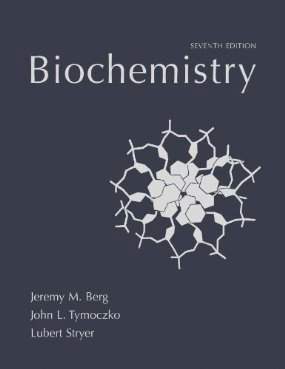Connecting...

For more information, please see full course syllabus of Biochemistry
Biochemistry Oxidation-Reduction Reactions
Most ATP in the body is made via a series of oxidation-reduction reactions that form the basis of metabolism. Oxidation occurs when one molecule loses electrons while reduction occurs when an atom or molecule gains electrons. Reduction potentials show how much energy is given off or required to make a species gain an electron. In order to find the oxidation state of carbon, start with an oxidation state of zero. If the carbon is bound to a hydrogen, subtract 1 from the oxidation state; if the carbon is bound to an oxygen, add 1 to the oxidation state. This is because the carbon is more electronegative than hydrogen but less electronegative than oxygen. This lecture also covers standard reduction potentials, calculating the energy of a redox reaction, and numerous examples.
Share this knowledge with your friends!
Copy & Paste this embed code into your website’s HTML
Please ensure that your website editor is in text mode when you paste the code.(In Wordpress, the mode button is on the top right corner.)
- - Allow users to view the embedded video in full-size.










































 Answer Engine
Answer Engine




1 answer
Mon Dec 4, 2017 1:00 AM
Post by Adrienne Purdy on December 2, 2017
Thank you so much for these wonderful videos! I was getting so confused and discouraged in class and these videos have helped immensely! Thank you for all you do!!
1 answer
Tue Jul 23, 2013 8:10 PM
Post by Gift Nitchie on July 23, 2013
For H+Â + e-, can you please explain why it's not H with no charge, since they negate each other? I mean, is that the same with 1/2 H2? Thank you!